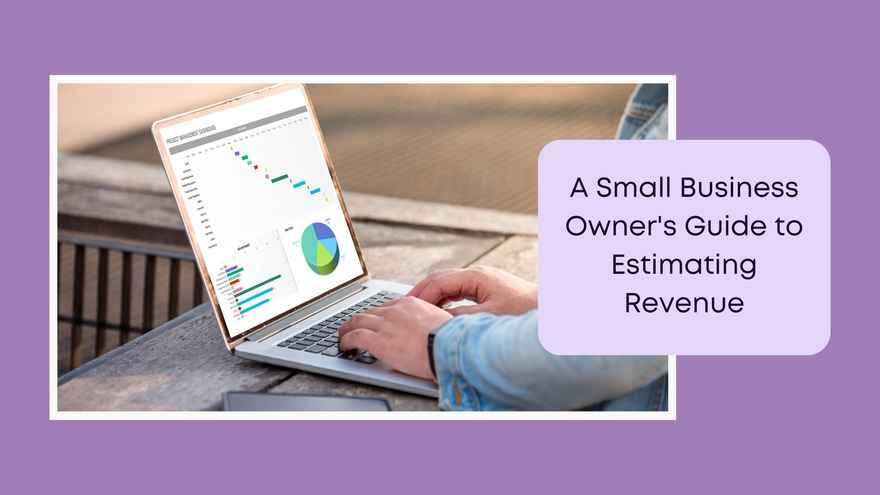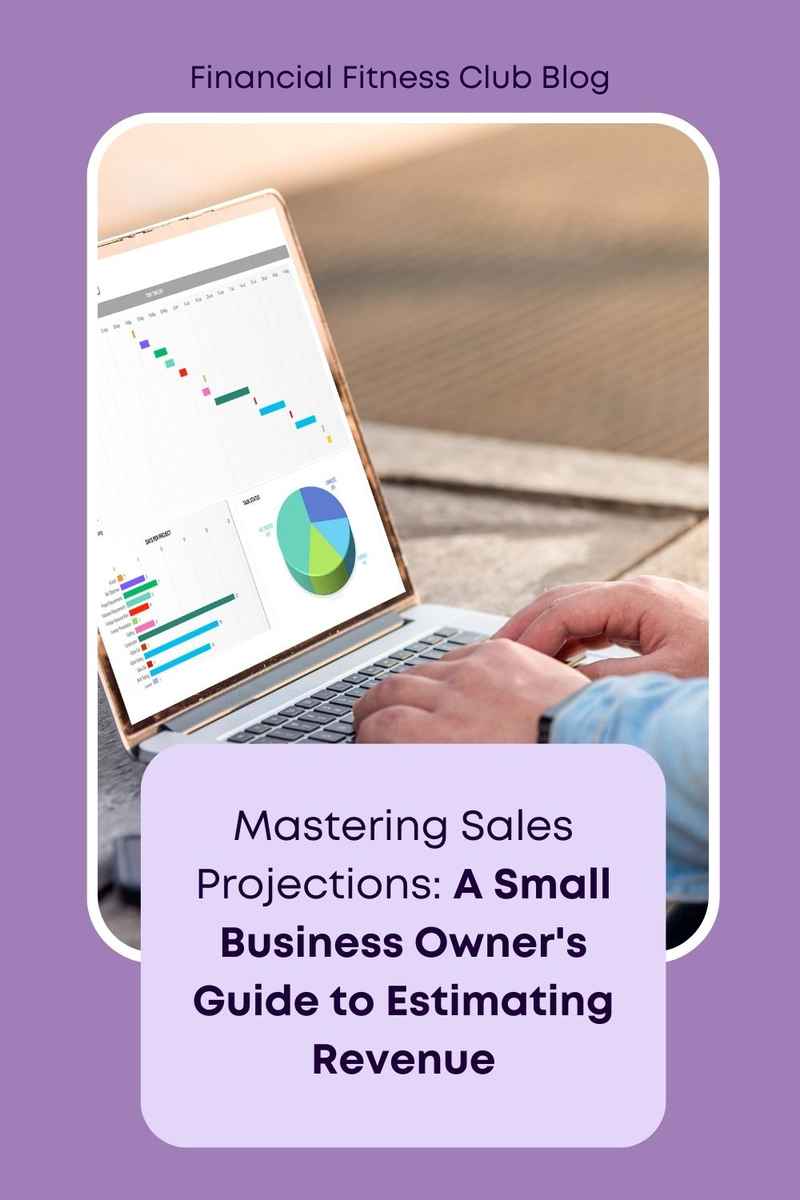Mastering Sales Projections: A Small Business Owner's Guide to Estimating Revenue

One of the most crucial skills you can develop as a small business owner is the ability to project your sales accurately.
This blog post will walk you through creating a practical short-term sales projection to estimate your expected revenue over the next 12 months.
What is a Sales Projection?
A sales projection is a forecast of sales performance over a specific timeframe, typically one year. It's an educated guess based on historical sales data, market trends, industry analysis, and other factors. Sales projections are vital for your business as:
- They help determine the feasibility and profitability of your business idea.
- You can plan expenses, set budgets, and allocate resources efficiently by estimating future sales.
Enhancing Your Sales Projection Analysis
While sales projections are invaluable, they have limitations. Limited data, changing market conditions, and unforeseen events such as natural disasters or regulatory changes can impact their accuracy.
So, to overcome these limitations and improve the reliability of your sales projections, consider the following:
- Sales Trends: Look for patterns, including seasonal trends or shifts in customer behaviour.
- Sales Volume: Assess if your sales are growing, shrinking, or stable.
- Sales Channels: Evaluate your channels (e.g., online, in-store) to measure success and identify improvement areas.
- External Factors: Monitor economic or industry trends that could impact your sales.
Step-by-Step Guide to Estimating Revenue
Price Your Products or Services:
- Understanding Costs: Begin by calculating the cost of producing your product or delivering your service. This includes materials, labour, overheads, and other expenses directly related to your offering.
- Market Analysis: Research what your competitors are charging. Understanding the market rate ensures you're not underpricing or overpricing your offerings.
- Value Perception: Consider the perceived value of your product or service. Sometimes, pricing can reflect quality, and you may be able to command a higher price if your offering is perceived as premium.
- Profit Margin: Decide on your desired profit margin. This is the percentage of profit you aim to make on each sale. A healthy margin is crucial for sustainability and growth.
- Pricing Strategies: Explore different pricing strategies, such as cost-plus pricing, value-based pricing, or tiered pricing, to find what best suits your business model.
Estimate Monthly Sales Targets:
- Historical Data: If you have past sales data, use it as a benchmark. Look for trends and patterns that can inform your projections.
- Market Research: Conduct surveys or gather data on potential customer demand. This can give you insights into how much of your product or service the market can absorb.
- Industry Benchmarks: Look at industry reports and benchmarks to understand average sales volumes in your sector.
- Realistic Goals: Set achievable targets. It's better to be conservative and exceed your targets than to be overly optimistic and fall short.
- Adjust for Seasonality: If your business is affected by seasonal trends, adjust your monthly targets accordingly.
Calculate Total Revenue:
- Simple Calculation: Multiply your selling price by the estimated number of units or hours sold. For example, if you offer $100/hour coaching services and project 40 hours per month, your revenue would be $4,000.
- Account for Discounts and Offers: If you plan to offer discounts or promotions, factor these into your revenue calculations.
- Consider Multiple Revenue Streams: If you offer a variety of products or services, calculate the revenue for each and add them up to find your total revenue.
- Regular Reviews: Regularly review and adjust your calculations based on actual sales performance and market feedback.
Sales projections are not just numbers on a spreadsheet but a roadmap for your business's future. Understanding and implementing these steps will allow you to create a more accurate and effective financial plan, setting your small business up for success.
This blog post is part of our series designed to empower small business owners like you with the essential skills and knowledge to create a profit plan that will assist you in growing your profits. You can catch the first blog in the series here.
Each post in this series is crafted to provide practical, easy-to-implement strategies that make a real difference. If you've found this post helpful and are eager to dive deeper into business mastery, our Business Skill Builder Kit - Profit Planning Made Easy - offers an extensive range of resources and tools tailored specifically for small and micro business owners. From financial planning to marketing strategies, the kit is your go-to resource for building a strong, resilient, thriving business via a simple profit plan.

0 comments
Leave a comment
Please log in or register to post a comment